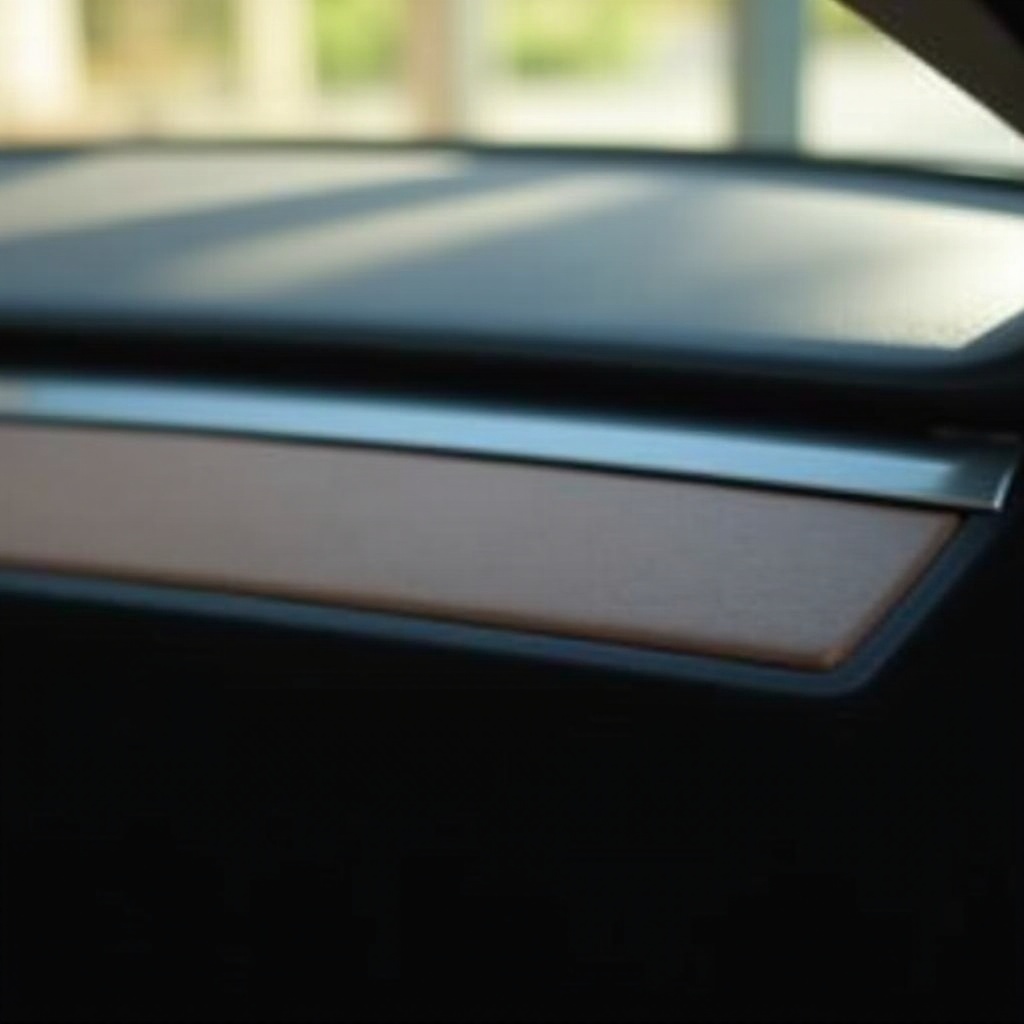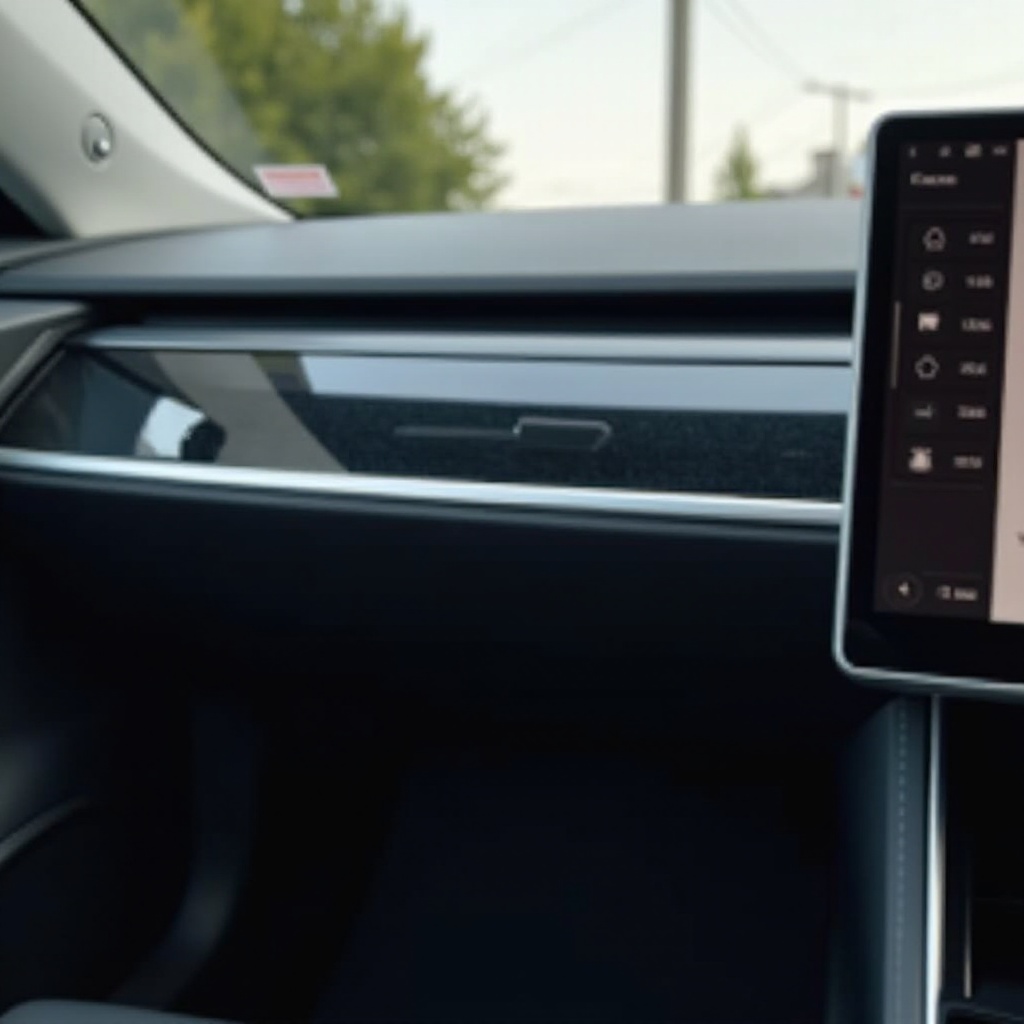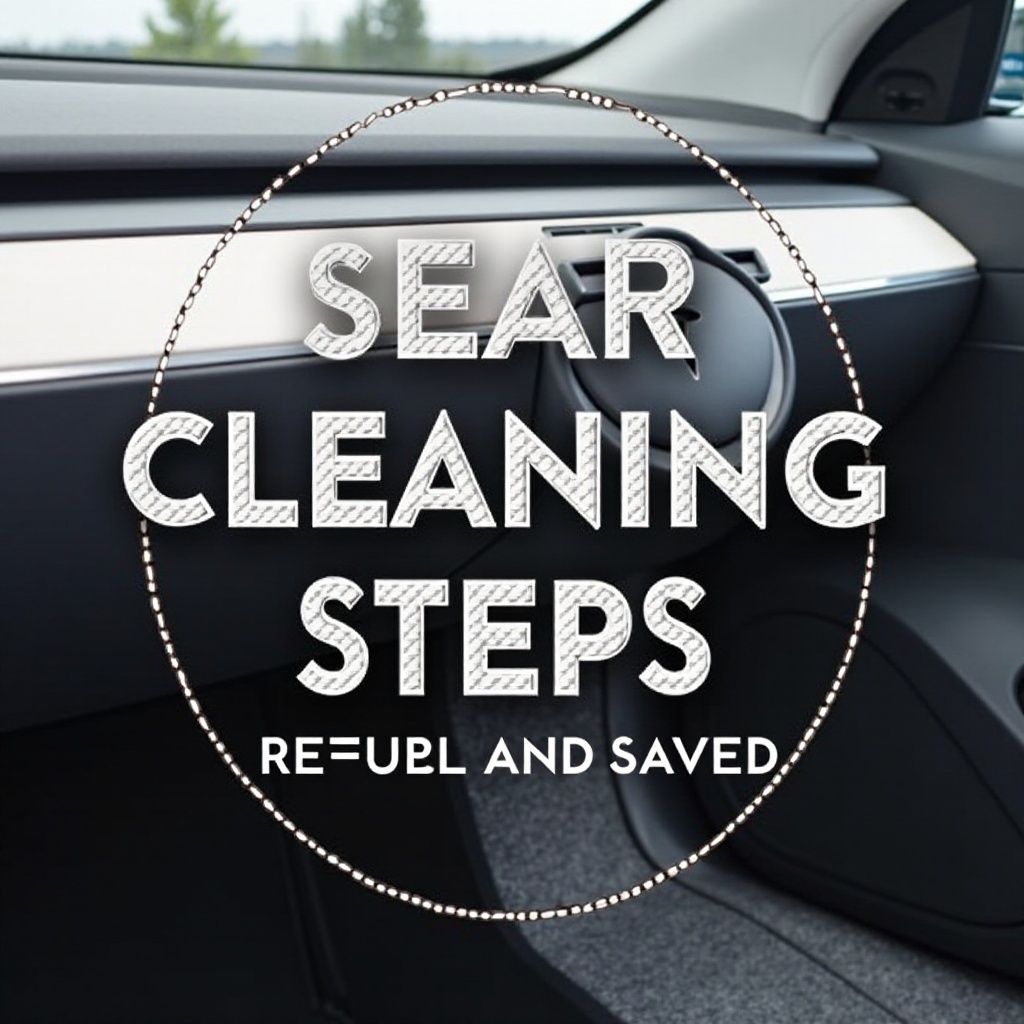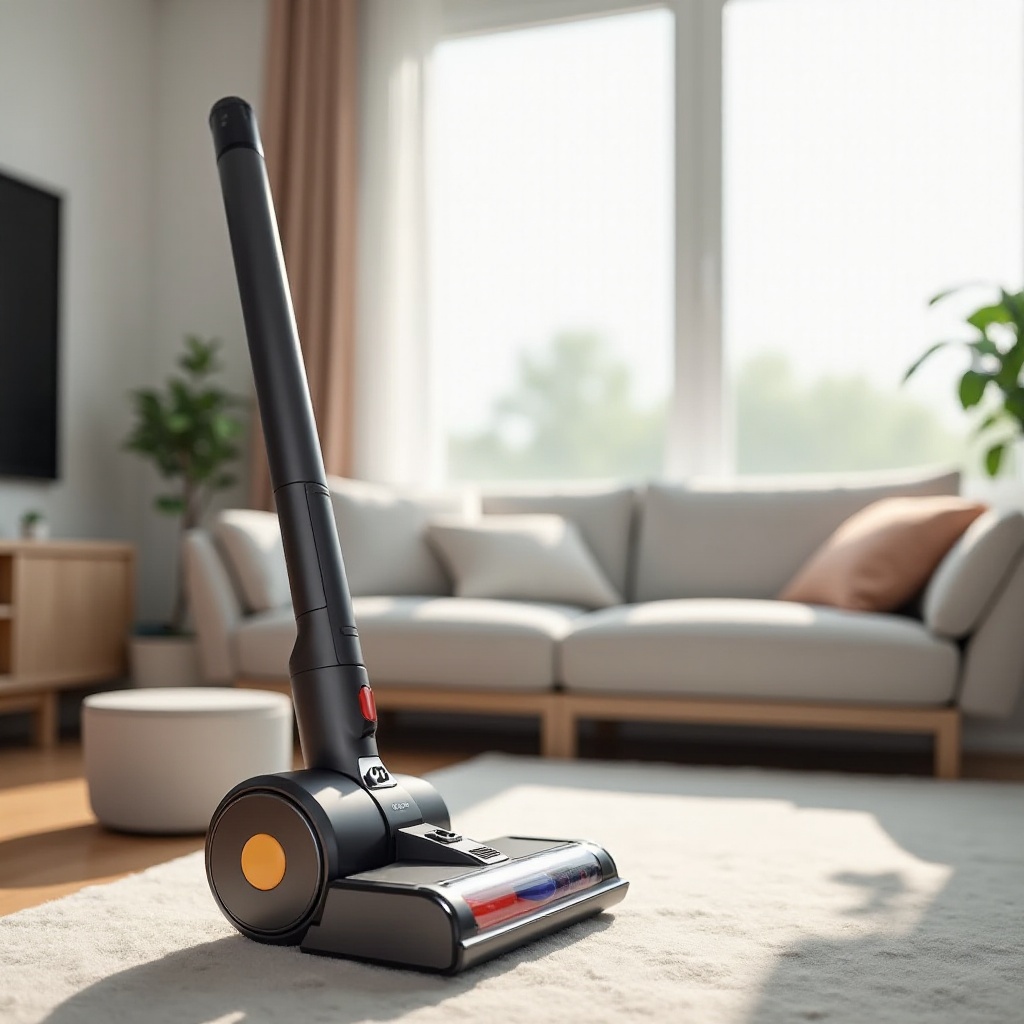Introduction
Bad air conditioning smells in your Tesla can make every trip uncomfortable. These odors usually stem from mold, mildew, bacteria, or accumulated dirt within the air conditioning system. Fortunately, you can eliminate these smells and prevent them from recurring with the right approach. By understanding Tesla’s climate control system, identifying common causes of unpleasant smells, and applying a systematic cleaning and maintenance routine, you can ensure a fresh and clean environment inside your car.
In this comprehensive guide, you’ll learn how to diagnose and resolve air conditioning smells in your Tesla and discover preventative measures to keep the odors at bay.

Understanding Tesla’s Climate Control System
Tesla’s climate control system stands out due to its advanced technology. Unlike traditional automotive HVAC systems, Tesla employs electric compressors and intelligent software algorithms to control cabin temperature. These systems are designed for efficiency and environmentally-friendly operation, leveraging features like recirculation mode and scheduled climate control.
Although these systems are sophisticated, they are not immune to common problems like odors. Moisture buildup, organic matter, and infrequent use can lead to bacterial growth and mold, causing bad smells. Understanding the workings of your Tesla’s climate control system is the first step in tackling and preventing these odors.

Common Causes of Bad Air Conditioning Smells in Tesla Vehicles
Several factors contribute to unpleasant smells emanating from your Tesla’s air conditioning system. Among the most common are:
-
Mold and Mildew: When the air conditioning system cycles, it cools the air, which results in condensation. If this moisture is not properly channeled away, mold and mildew can develop within the air ducts and evaporator.
-
Bacterial Growth: Accumulated organic matter like pollen, dust, and pet dander can become a breeding ground for bacteria. Bacterial growth not only causes bad smells but can also be harmful to health.
-
Dirty Filters: Air and cabin filters are essential for trapping contaminants. However, when these filters become clogged or dirty, they can emit a foul odor and reduce the efficiency of the system.
-
Residual Moisture: Dripping or stagnant water from the air conditioning coil can accumulate in the system, promoting the growth of microbes and causing bad smells.
Recognizing these causes helps in addressing the core issues leading to bad air conditioning smells in your Tesla.
Diagnosing the Source of the Smell
The first step in resolving bad air conditioning smells is diagnosing the exact source. Here’s a simple approach:
-
Turn On the AC: Start by running the air conditioning system at full blast with the windows down. Pay attention to when and where the smell is most concentrated.
-
Inspect the Cabin Filters: Remove the filters and check for dirt, mold, or any foul smell. If the filters are clogged or dirty, they are likely a significant contributor to the odor.
-
Check for Moisture: Look under the hood and cabin for signs of residual moisture, which may indicate a drainage issue.
-
Monitor the Vents: With the AC on, examine the vents for mold growth or other contaminants. A musty smell usually points to mildew in the ducts or near the evaporator.
Identifying the source is crucial for effective cleaning and long-term prevention.
Step-by-Step Guide to Cleaning the Air Conditioning System
Tools and Materials Needed
To effectively clean your Tesla’s air conditioning system, gather the following tools and materials:
- Screwdriver set
- Vacuum cleaner with a nozzle attachment
- Clean cloths
- Anti-bacterial cleaner or AC cleaner spray
- Replacement cabin filters (HEPA filters are recommended)
Cleaning the Air Vents
-
Turn Off and Disconnect Power: Ensure the vehicle is off, and if necessary, disconnect the battery.
-
Remove the Vents: Using a screwdriver, carefully remove the vent covers.
-
Vacuum the Ducts: With the vacuum cleaner, thoroughly clean the inside of the air ducts to remove loose debris and dust.
-
Apply AC Cleaner: Spray an antibacterial cleaner or designated AC cleaner into the air ducts and vents. Allow the solution to sit as per the instructions.
-
Wipe and Reassemble: Wipe down the vent covers with a clean cloth, then reassemble them.
Replacing Filters
-
Access the Cabin Filters: Typically, the filters are located behind the glove compartment or under the dashboard. Refer to your Tesla manual for exact locations.
-
Remove Old Filters: Carefully remove the old, clogged filters.
-
Clean the Filter Compartment: Use a vacuum and cloth to clean the compartment, removing any dust or debris.
-
Install New Filters: Insert the new cabin filters (preferably HEPA filters) into the compartment, ensuring they fit securely.
-
Test the System: Turn on the air conditioning to ensure it’s blowing fresh air. Check for any remaining odors.

Regular Maintenance Tips to Prevent Smells
Routine maintenance is key to preventing bad smells from returning. Here are some essential tips:
-
Run the AC Regularly: Regular use of your air conditioning helps prevent moisture build-up that can lead to mold.
-
Use Recirculation Mode: Especially in dusty conditions, using recirculation mode helps filter out contaminants more efficiently.
-
Keep the Cabin Clean: Regularly clean the interior to minimize dust, dirt, and organic matter.
-
Check and Replace Filters: Inspect filters every six months and replace them as needed to ensure optimal air quality.
-
Clear Drainage Systems: Ensure that the AC drain is unclogged, allowing moisture to escape freely.
By incorporating these maintenance practices, you can prevent the development of bad smells and ensure a pleasant environment in your Tesla.
Using HEPA Filters and Cabin Air Filters
HEPA (High Efficiency Particulate Air) filters are highly effective in trapping particles and allergens, making them a great choice for Tesla owners looking to improve air quality and prevent odors. Cabin air filters should be replaced at least twice a year or more frequently if you drive in areas with heavy pollution or dust.
Installing HEPA filters ensures that smaller particles, which may cause bad smells and reduce air quality, are effectively captured, thus maintaining a fresher cabin air environment.
When to Consult a Professional Technician
While regular maintenance and cleaning can solve most odor issues, certain situations may require professional assistance. If you notice persistent bad smells despite cleaning efforts, unusual noises from the AC system, or poor cooling performance, it’s advisable to consult a certified Tesla technician. Professionals have the tools and expertise to diagnose and resolve more complex issues that could be affecting your vehicle’s climate control system.
Conclusion
Resolving and preventing bad air conditioning smells in your Tesla is entirely achievable through regular maintenance and cleaning. By understanding Tesla’s advanced climate control system, identifying common causes of odors, and implementing a step-by-step cleaning routine, you can maintain a fresh and pleasant driving experience. Regularly replacing filters and keeping the AC system dry and clean will prevent future odors.
Frequently Asked Questions
What are the common reasons for the air conditioning smells in my Tesla?
Common reasons include mold and mildew growth, bacterial accumulation, dirty filters, and residual moisture within the air conditioning system.
How often should I clean the Tesla air conditioning system?
It’s recommended to clean the air conditioning system at least once every six months and to replace filters biannually.
Can I use regular car air fresheners to mask the smell?
While air fresheners can temporarily mask smells, they do not address the underlying causes. It’s essential to clean the system thoroughly to eliminate the root of the odors.

